Adobe Stock
Adobe Stock
Coming off a failed attempt by state House Speaker Michael Madigan (D-Chicago) to provide special state funding, Chicago Public Schools (CPS) is once again relying on borrowed money to help pay its bill for this year.
In a speedy 6-0 vote in August, the board authorized a credit line of more than $1.5 billion and up to $945 million in borrowing for largely unspecified construction projects. This comes at a time when the Chicago Board of Education approved a $5.4 billion budget heavily dependent on tax revenue.
The board has not yet fully revealed the complete details of its spending for the district.This also comes after state legislators have unsuccessfully been trying to pass legislation to bump up the school district's funding by diverting taxpayer dollars from other parts of the state. Mark Glennon, founder of Wirepoints, asserts that the board’s lack of comments of its spending brings up many concerns. Wirepoints covers news about Illinois economy and government.

Mark Glennon
"There are many questions about this borrowing that remains unanswered,” Glennon said. “The primary one being just that the borrowing far exceeds the amount of the stated capital budget."
The 2017 CPS capital budget was estimated to be $145 million, but it has exceeded that with a preliminary $338 million spending plan that includes $27 million in installation of air conditioning units for 61 schools, another $57 million set aside for internet upgrades and miscellaneous technology expenditures, and $173 million to build new annexes and classrooms at some of Chicago's overcrowded schools despite overall declining enrollment rates and other schools barely having enough students to fill classrooms.
Glennon asserts that, despite those details of its expenditure, the school board still lacks transparency, especially regarding the large borrowing line it requested.
"The borrowing apparently is going to go one way or another into operating expenses not into capital expenditures,” Glennon said. “And in any event, you'd have to question, even if it was true, why a billion-plus capital expenditure would be necessary in a shrinking school system?"
In the midst of this request for more money, the Chicago Sun-Times has revealed more about the spending habits of CPS. It was reported that CPS spent hundreds of thousands of dollars on fast food last year and $2.9 million on food from outside vendors between July 1, 2014 and June 30, 2015. CPS indicated, however, that over a third of the money could not be accounted for due to the spending lacking detail or being miscoded.
Glennon believes that CPS needs the money to prop up the pension debt it has accrued.
"The truth is that the lion's share of spending by CPS is on the pension,” he said. “Even though CPS is putting in some $600 million dollars into its pension this year, it's still vastly under funding that pension, and the problems in the pension will continue to worsen. They're not going to stabilize."
The massive pension debt has led the district to pay millions of dollars more every year to cover a fraction of the pension owed. CPS reportedly spent more than $1.2 billion to pay for teacher pension pickups over the past decade. It has also diverted close to $3 billion, originally intended to fund pensions, towards school salaries and allowed a 400 percent growth in accrued teacher pension benefits since 1987.
The enormous amounts of borrowing have left CPS with an unwieldy credit card bill. It has been paying that debt with funds obtained by the states and originally designated for classrooms. The district expects to spend roughly $373 million to pay off those loans.
The district's debt and financial mismanagement has resulted in its credit being reduced to junk status.

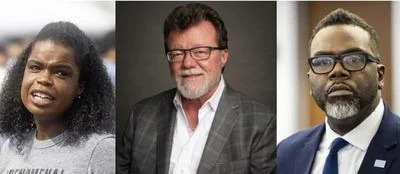
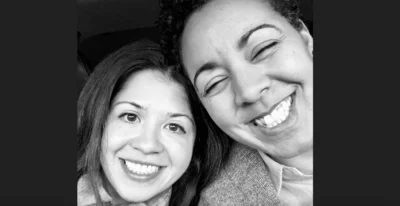
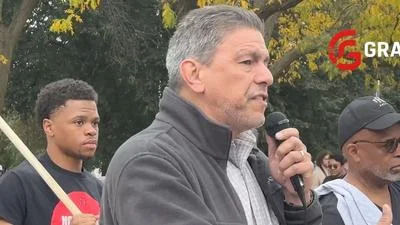
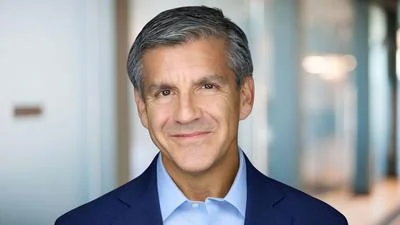
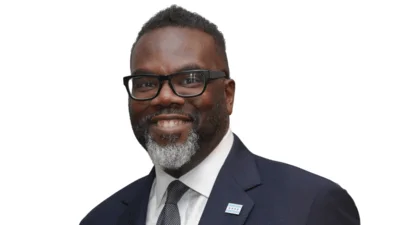
 Alerts Sign-up
Alerts Sign-up